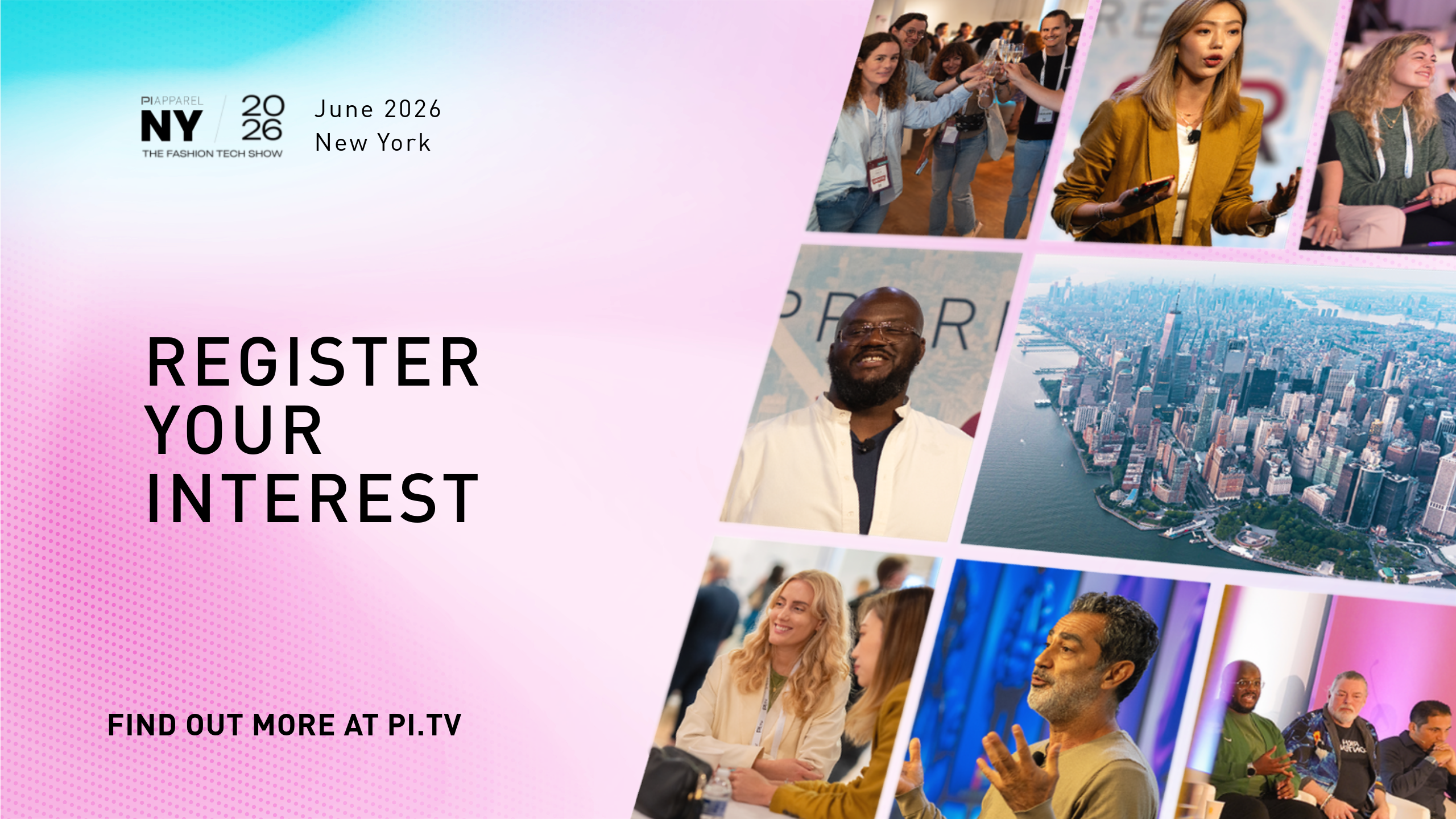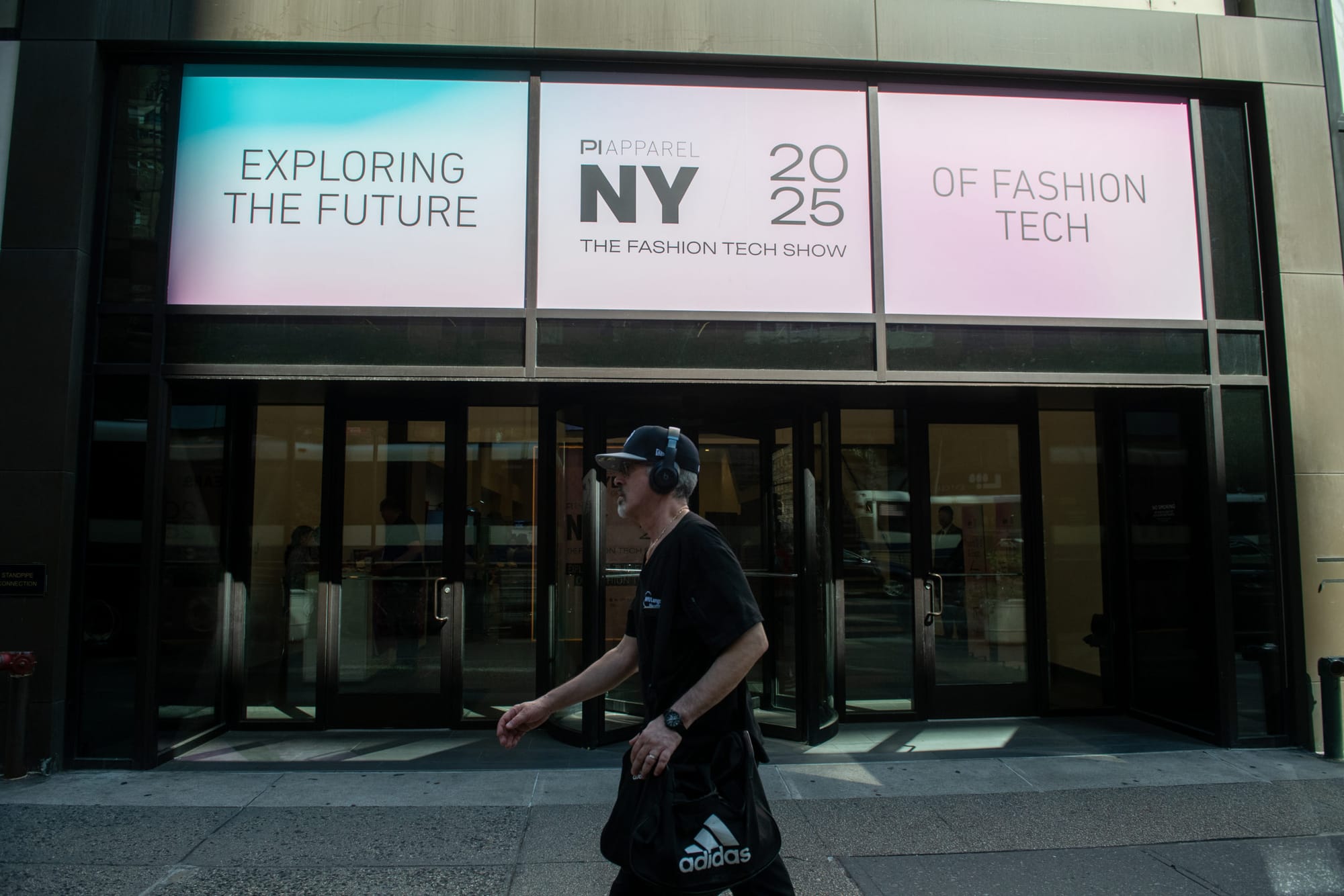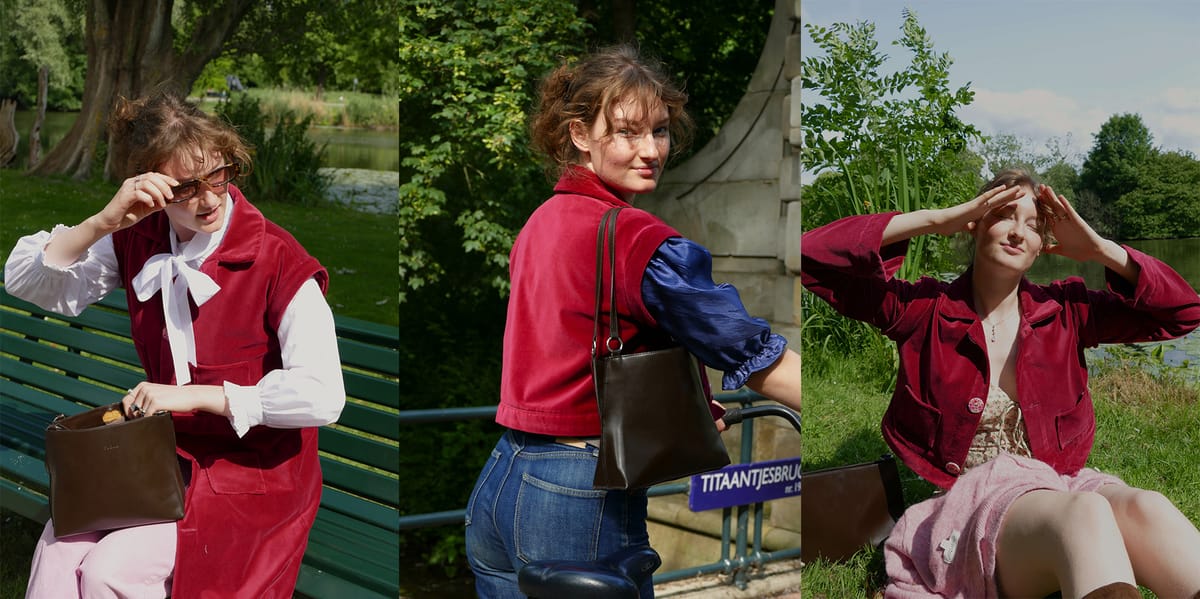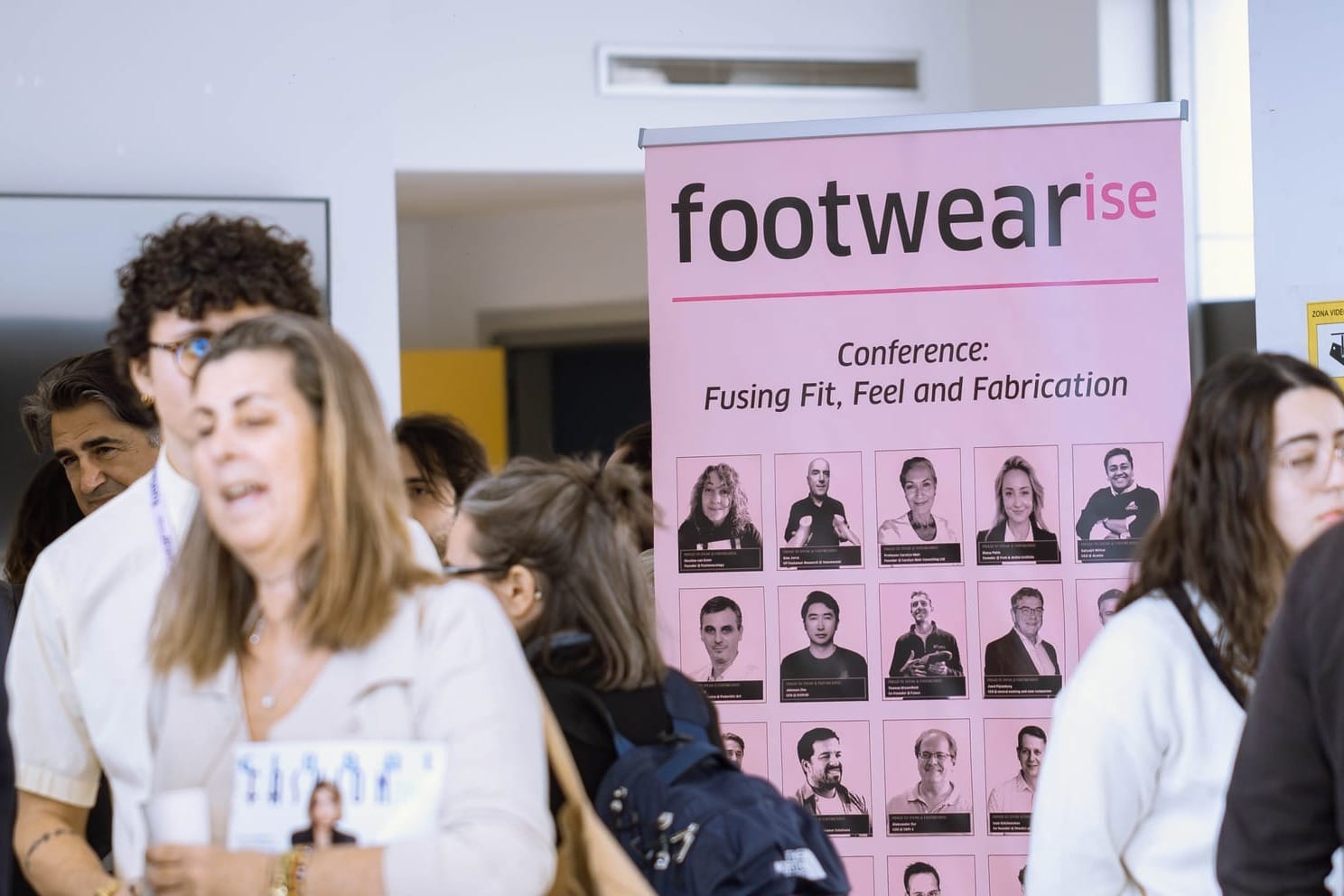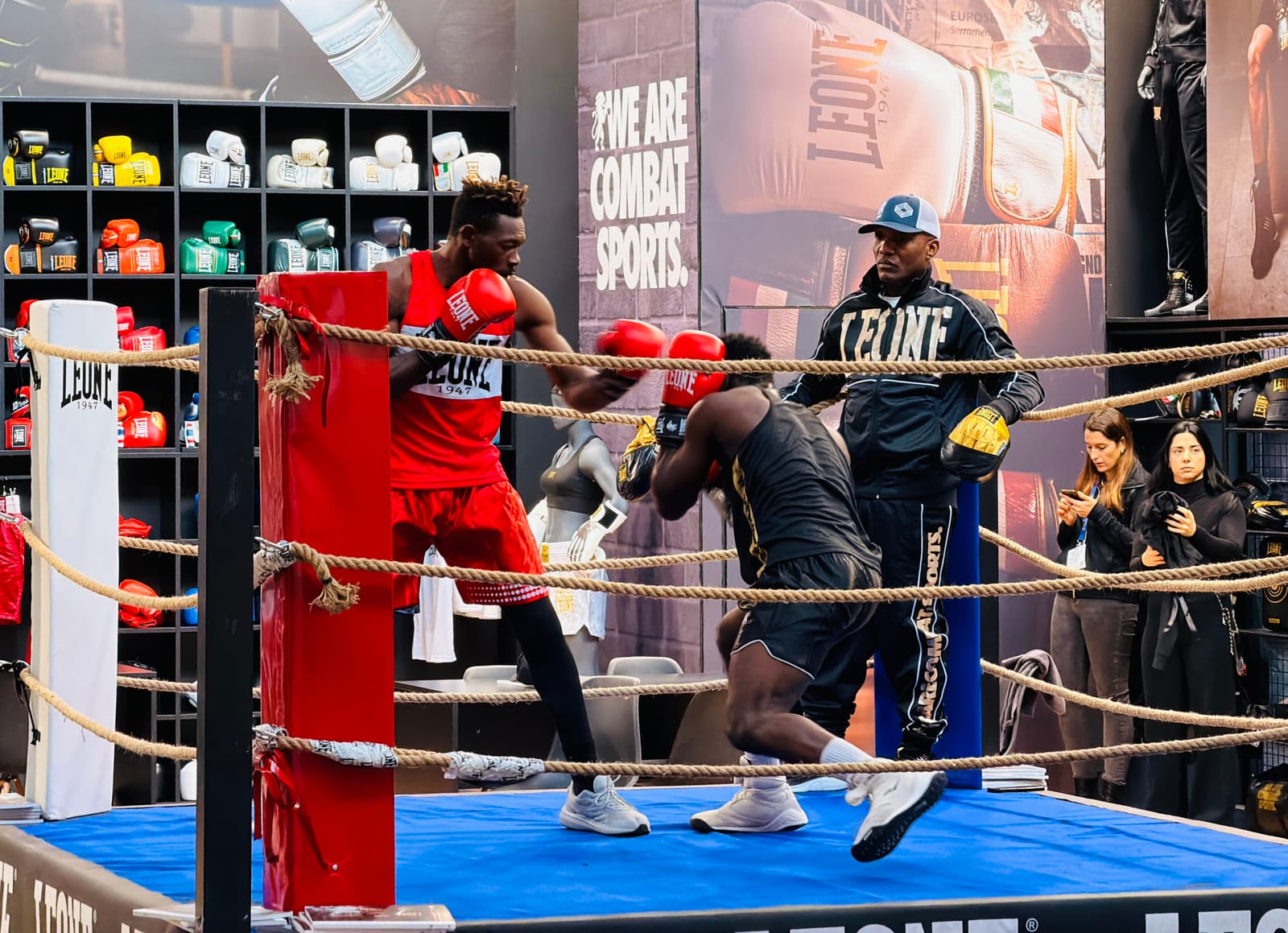PI Apparel NYC is where the pulse of fashion meets the pace of technology. Since 2015, it has convened leaders from product design and development to explore the digital tools reshaping the industry - from AI and 3D to sustainability, collaboration, and supply chain transformation. This year, the event returned to Manhattan for its 10th edition, uniting the community under the banner of progress.
Amidst a New York heatwave and a decade milestone, the 2025 edition carried a different kind of energy; more personal, more purposeful. What stood out was a shift in mindset: no one came to be dazzled by demos alone. They came looking for connection, insight, and real solutions. It felt like a working session for an industry ready to evolve, more than ever before.
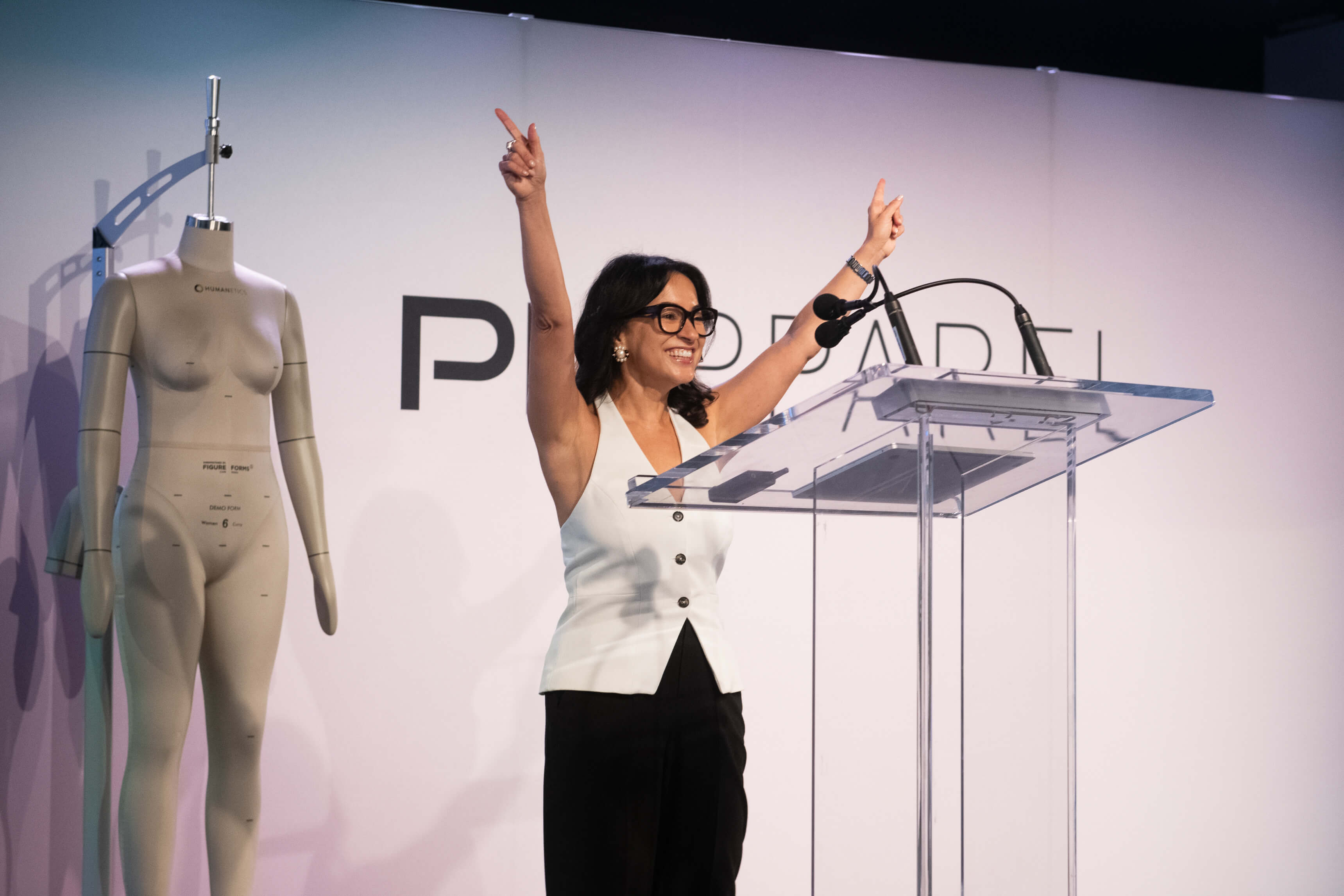
1. Purpose Over Presence
In the opening remarks, attendees were encouraged to be intentional: to come with a challenge, a goal, and an openness to share. That message landed. From hallway chats to structured one-on-ones, conversations centred on solving and not just seeing. One speaker reflected on how a chance encounter at last year’s event sparked a data-driven partnership that now powers the foundation of their brand. “Be efficient with your time,” they urged. “It worked for me.”
And there was a noticeable shift toward transparency. People weren’t just presenting polished solutions; they were voicing frustrations, surfacing common roadblocks, and inviting input. It created a shared momentum that made the event feel collaborative rather than performative.
2. AI Everywhere: Who Leads, Who Follows?
AI was the connective thread running through many sessions. From roundtables to startup pitches, the same question kept surfacing: where do we let AI lead, and where do we slow down and let the human lead? From AI-generated design support to workflow automation, there was optimism, but also caution. The tension is no longer about whether AI is coming, but how it integrates with real creative and commercial priorities.
Some tools promised accelerated development cycles or automated renderings; others focused on bridging departments or mapping supply chain risks. But beneath the surface, attendees were grappling with harder questions: who owns the output? How do we validate accuracy? Is AI enhancing creativity or displacing it?
Several startups and established players demoed tools designed to meet designers where they are; tools that simplify rather than replace creative thinking. Many attendees welcomed this direction, noting that AI and 3D aren’t competing technologies, but complementary ones. When used well, they can enhance creative flow, compress timelines, and unlock efficiency without compromising vision.
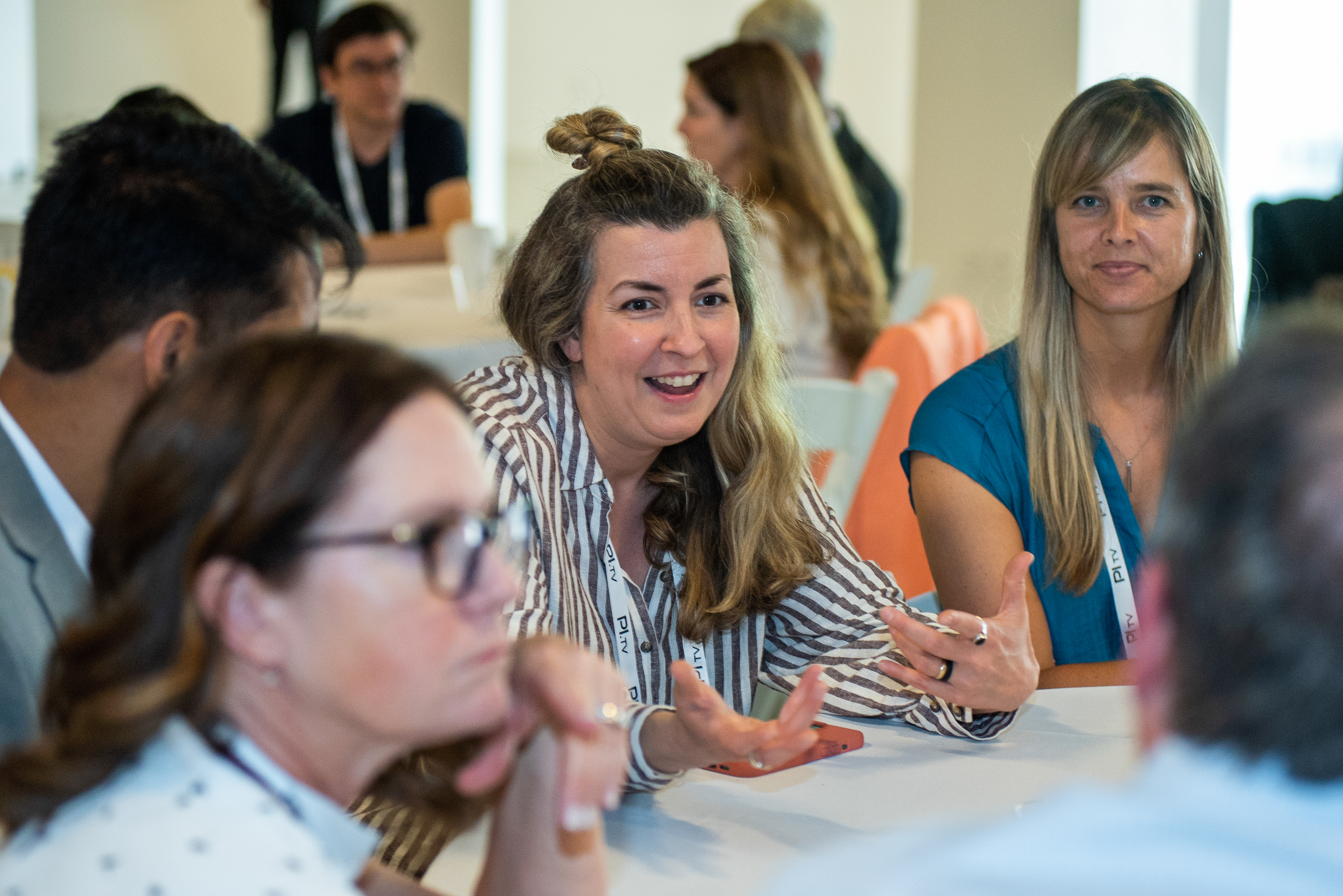
3. Not Just Tools, But Tactics
Talks by those driving 3D implementation brought the conversation down to earth. Beyond the visuals and software options, there was a clear call for structured change: current state analysis, stakeholder buy-in, and continuous team training. One speaker admitted they barely use Illustrator anymore but now lead teams into 3D. Another openly rejected the term "digital transformation" as too disruptive. Instead, they advocated for phased evolution - enhancing, not erasing, what already works.
This grounded approach was echoed across multiple sessions. Rather than chasing the next big thing, many brands are focused on getting the basics right: version control, file governance, inter-team communication, and removing duplicate tools. The practical tone made it clear: tech adoption is a long game, and internal alignment matters more than vendor hype.
While 3D no longer dominated the spotlight, it didn’t fade...it evolved. For many teams, 3D has moved from experimental showcase to embedded workflow, and discussions reflected a deeper maturity: how to integrate years of digital asset work into evolving pipelines powered by AI.
4. Building Identity, Not Just Product
One standout keynote (Paakow Essandoh, Founder & CEO, Mizizi) explored licensing as cultural storytelling. From humble beginnings, a brand built on African diaspora identity managed to push through Marvel’s resistance and land official collaborations by turning social media traction into business leverage. The takeaway? The future of partnerships lies in cultural relevance. Brands that reflect communities, and not just trends, build longer-lasting connections.
There was also broader reflection on how identity - whether expressed through avatars, virtual product lines, or real-world narrative - is becoming central to brand differentiation. In a saturated market, purpose-driven creativity is what cuts through. And increasingly, storytelling is the product.
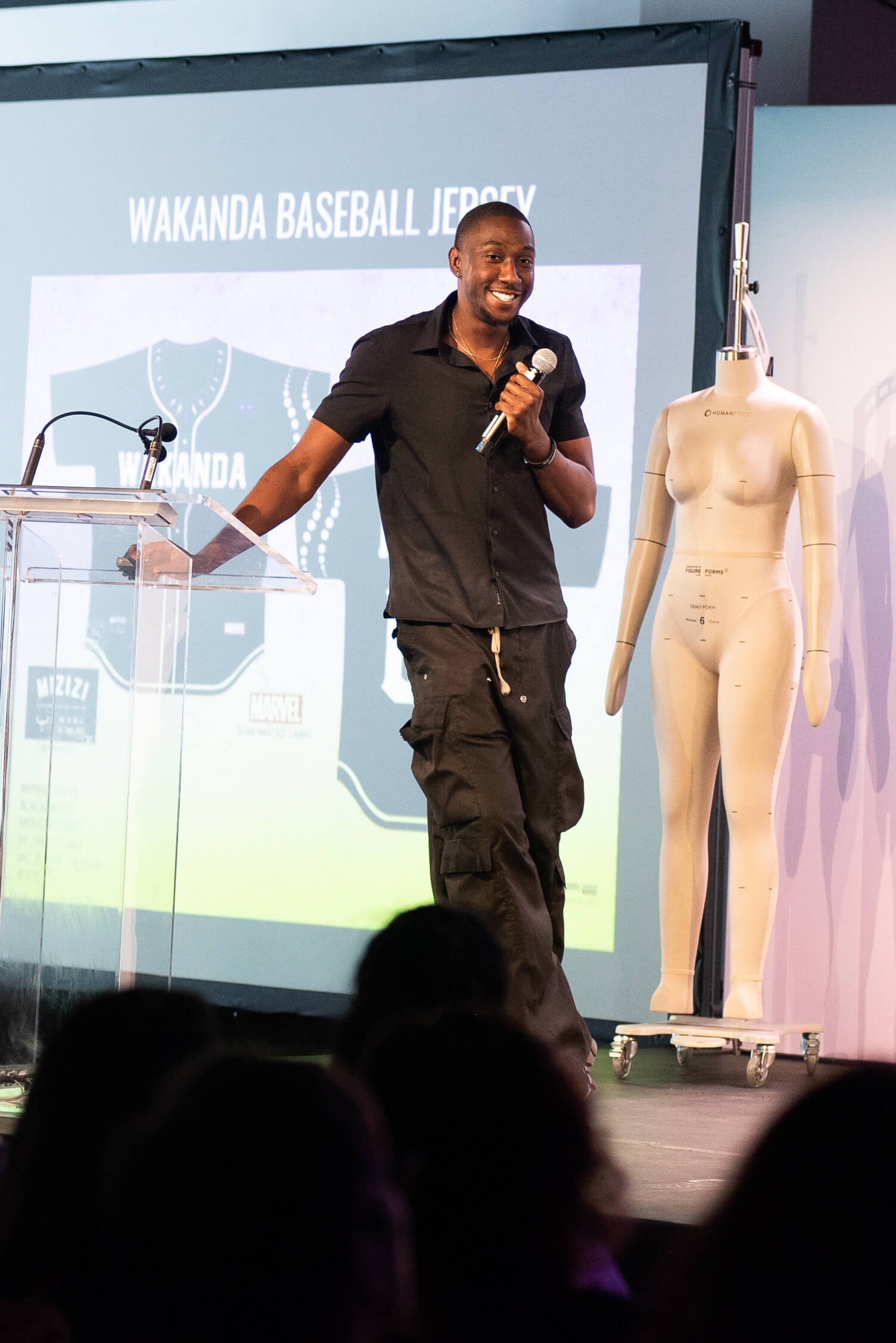
5. From Insight to Action
Whether building AI-powered forecasting tools or crafting tools for visual content generation, the innovations on show at PI NYC were about speed, clarity, and adaptability. Tools like real-time Unreal Engine rendering or prompt-to-product design platforms revealed how fast the creative-commercial feedback loop is tightening. And yet, the message wasn’t to go faster blindly, but to go forward consciously. It’s not about chasing trends; it’s about embedding tools into repeatable, resilient workflows.
Some presenters shared how they’ve shifted entire workflows in less than a year, while others acknowledged they’re still in pilot purgatory. Either way, the emphasis was on practicality: what works, who it works for, and how it scales. In many cases, attendees were just as eager to hear what didn’t work as what did.
6. Rewriting the Rules of Collaboration
Across multiple panels and breakouts, another theme emerged: silos are still the enemy. Whether it’s merchandising and design misaligned on timelines, or tech teams and creatives speaking different languages, collaboration friction remains a blocker to transformation.
There was growing recognition that real innovation requires rewiring communication. Brands are starting to build common vocabulary around goals, success metrics, and digital assets; ensuring design isn’t divorced from delivery, and strategy isn’t detached from execution. Some discussed cross-functional squads and co-located teams; others leaned into shared platforms or visual planning boards. The methods varied, but the mission remained the same: if innovation is everyone’s job, collaboration can’t be an afterthought.
Tools may unlock potential, but people unlock progress. The bottleneck isn’t technical - it’s human. As one speaker put it, transformation doesn’t fail on features; it fails on friction.
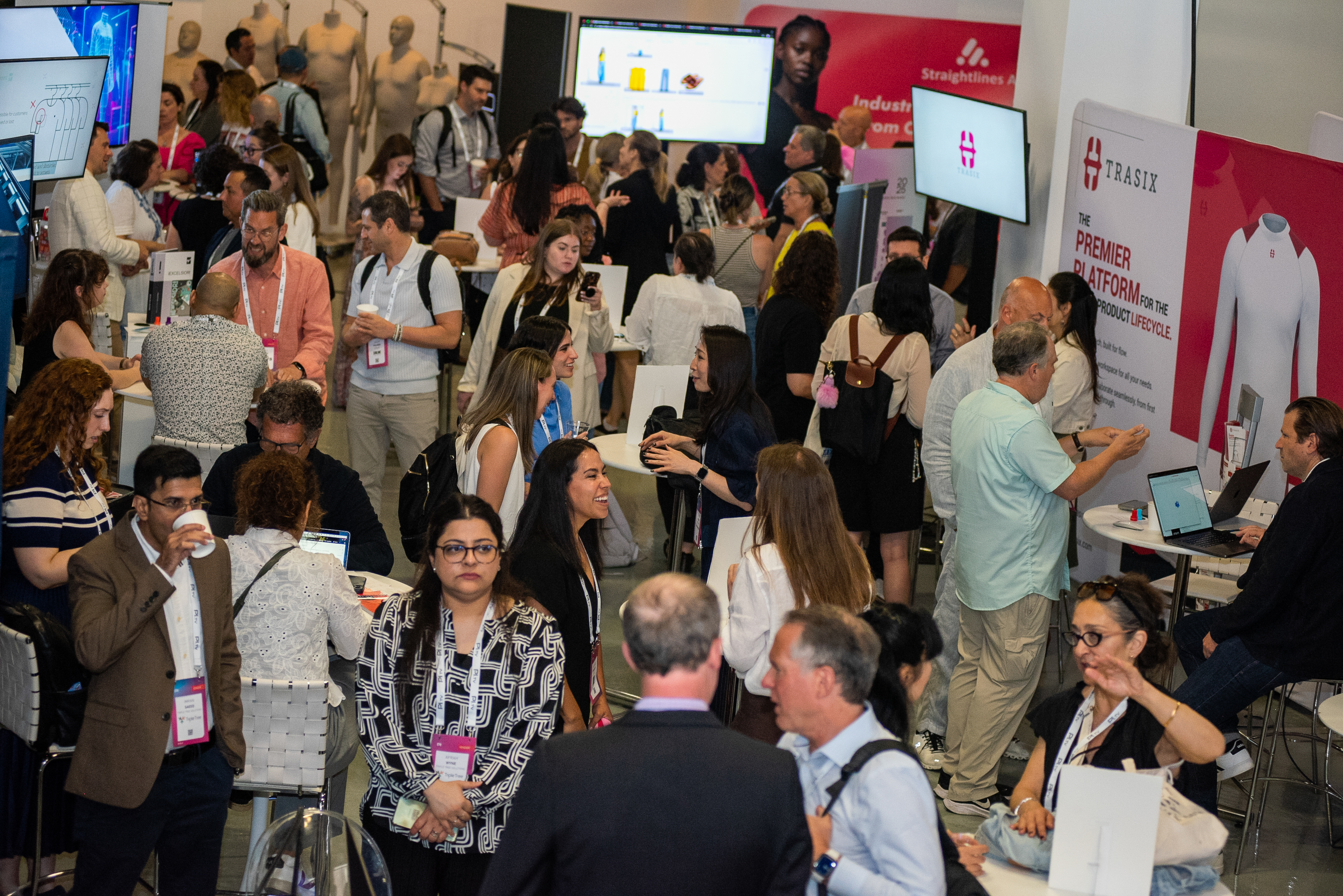
The Event at a Glance
Who Was in the Room?
The 10th edition of PI Apparel NYC brought together a diverse cross-section of the fashion product ecosystem - from global brands to emerging innovators, designers to technologists.
Attendees spanned every corner of the product lifecycle, from concept to consumer. On the brand side, there were senior leaders in DPC, Technical Design, Innovation, and Sustainability from athleisure giants, luxury houses, and digitally native disruptors. They were joined by 3D and AI startups, engineers, materials scientists, PLM strategists, and creative directors, not to mention a strong academic contingent.
Rather than clustering into echo chambers, conversations cut across disciplines: a colour scientist sharing notes with a footwear designer; a PLM lead in dialogue with a GenAI founder; and a digital transformation exec comparing frameworks with a design professor.
Breakdown of Attendees by Role:
- 40% brand-side leaders (design, tech design, DPC, innovation, merchandising)
- 25% solution and tech providers (PLM, 3D, AI, DAM, analytics)
- 15% independent designers, consultants, and founders
- 10% academia (students and educators)
- 10% supply chain, sourcing, and sustainability professionals
With over 120 companies represented and participants from over 15 countries (including the US, UK, Germany, Switzerland, Jordan, Singapore, and the Netherlands) the shared ambition to modernize, collaborate, and scale innovation was unmistakable.
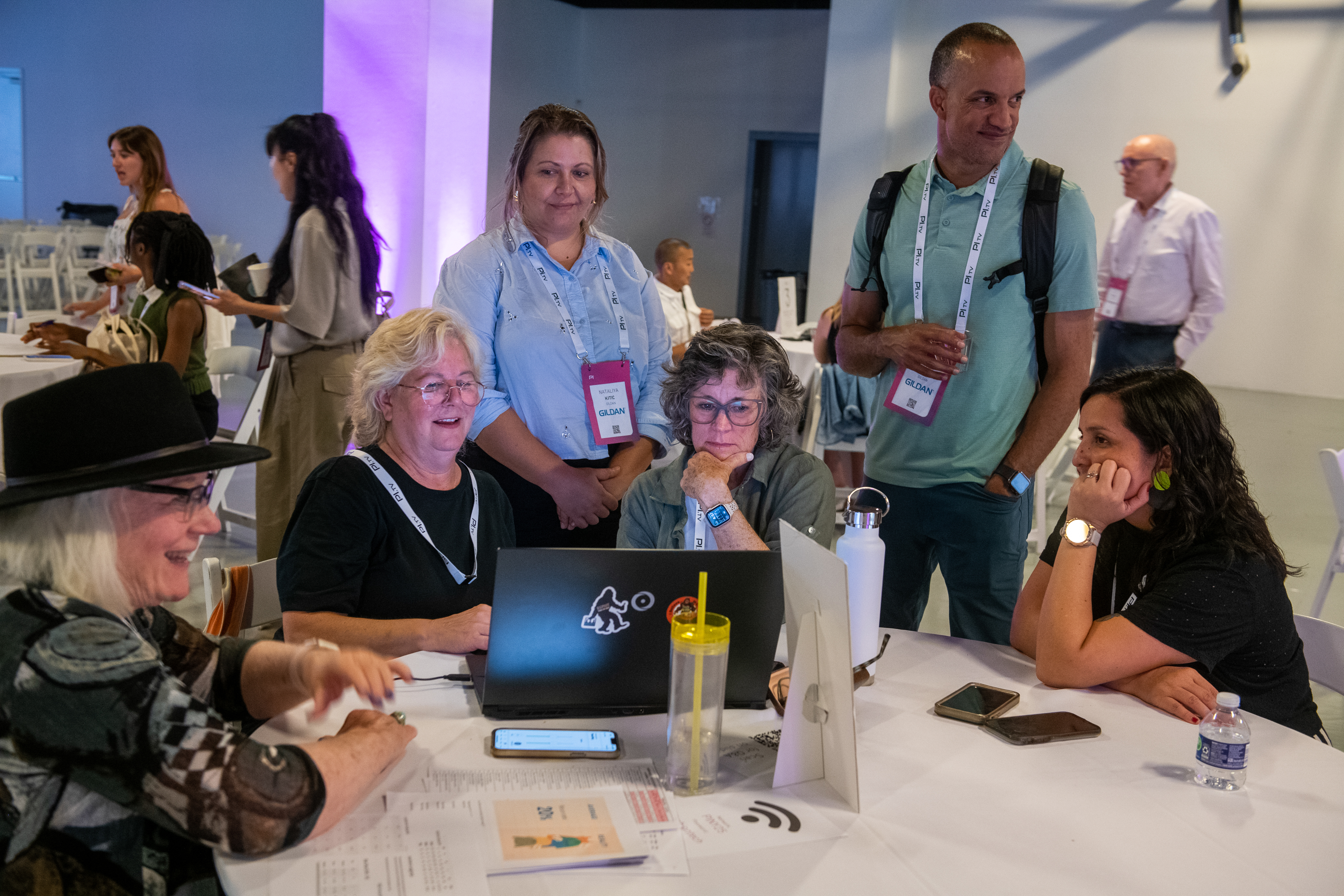
Where They Are on the Journey
A quick show of hands (and surveys) revealed how brands are progressing on the path to Digital Product Creation (DPC):
- 38% are still in the early stages
- 35% are scaling initiatives
- 27% feel they’re advanced in their applications
A similar split emerged around AI, with some still exploring free tools, others actively evaluating enterprise solutions, and a growing number already scaling implementation.
Closing Thought
PI Apparel NYC isn’t just a checkpoint for fashion tech; it’s a place where sparks of progress, caution, and ambition all collide. This year’s edition underscored a truth many are waking up to: innovation is no longer the destination, but the discipline. From AI to 3D, the tools are maturing, and so is the mindset.
The next wave of progress won’t come from tech alone, but from the teams ready to rethink how they work, connect, and create.
Get Involved
➡️ Were you at this year's event?
What did you think? Let us know in the comments below!
➡️ Keen to help shape the 2026 event?
Register your interest now by clicking on the image below...
